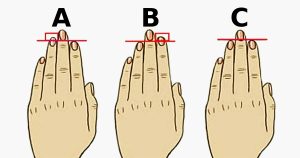Humanity, who first invented days and months in response to the elapsed time, also needs a new time frame over time: the week. Why is 1 week 7 days? When was it accepted, who was formalized by? Here are the details!
In order to understand the week, it is necessary to understand the day and the month, because the week has invented after these two periods.
“Day” term invented according to the movements of the sun
According to this, the time period starting with the birth of the Sun and ending with the sinking.
The 1-month period is related to the moon that is our satellite. According to this, the period from the orbit to the same place was called the month.

But, it was necessary to organize the life with a term, which is longer than the day, shorter than the month.
The number 7 had a mystical significance to Babylonians. It was associated with the seven heavenly bodies; the Sun, Moon, Mars, Mercury, Jupiter, Venus and Saturn.
The Babylonians decided to measure a full lunar cycle as 28 days and then divide that into 4 weeks of seven days each.
But the popularity of the 7-day week and its prominence in modern calendars – can be traced to its adoption by the Romans.
Monday – Moon’s Day (Similar around the world, often derived from luna and lune – Spanish/French for moon)
Tuesday – Tiu (Sky god in Germanic), Martes/Mardi (Spanish/French for Roman god of War, Mars)
Wednesday – Woden (Norse), Miercoles/Mercredi (Spanish/French, based on the planet Mercury)
Thursday – Thor’s Day (Norse), Jueves/Jeudi (Spanish/French, based on Jupiter/Jove)
Friday – Freya (Norse), Viernes/Vendredi (Spanish/French, based on Venus)
Saturday – Saturn’s Day (Roman), Sabado/Samedi (Spanish/French, based on the word for Sabbath)
Sunday – Sun’s Day (Latin), Domingo/Dimanche (Spanish/French, based on “Lord’s Day” (Christianity)






